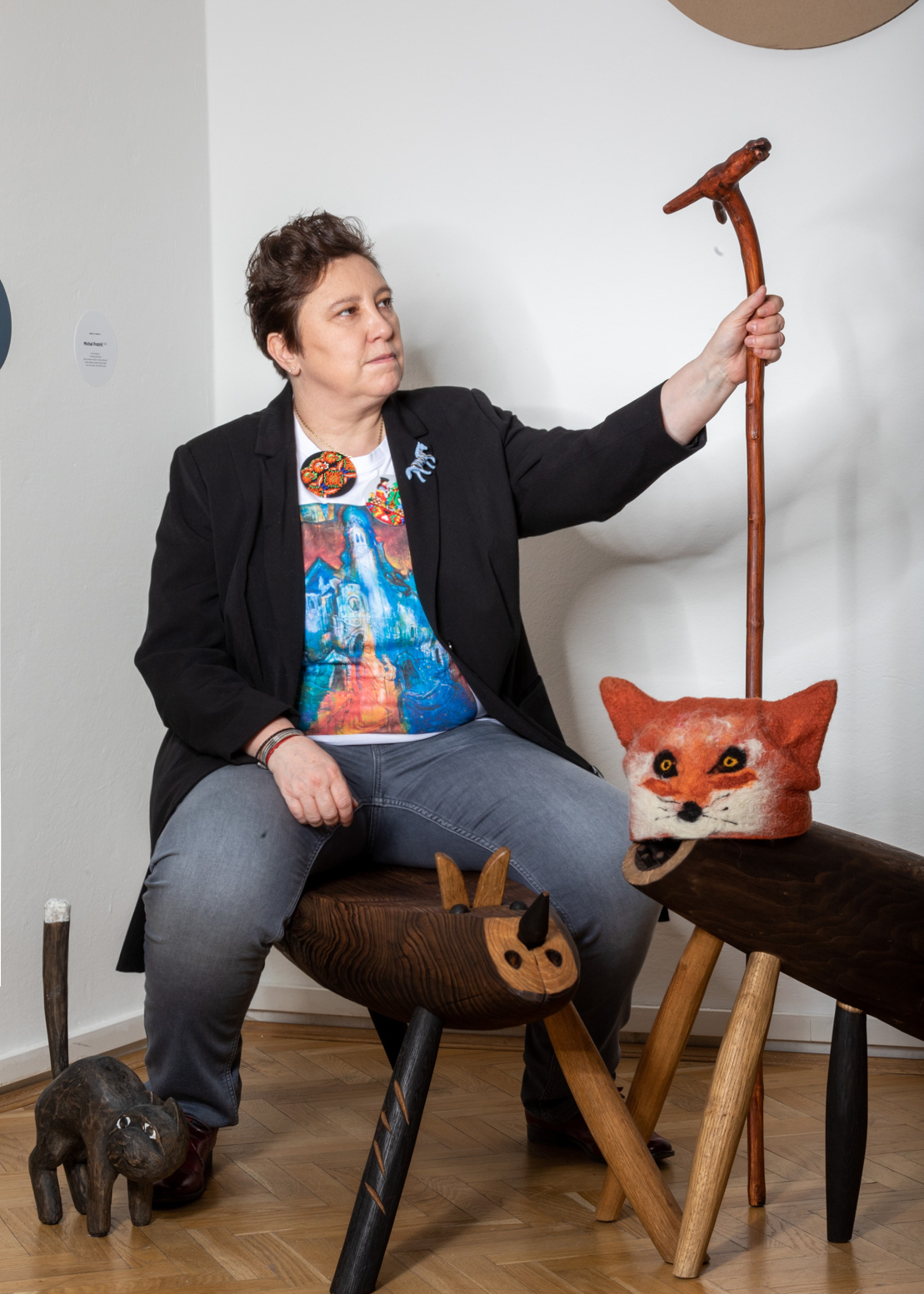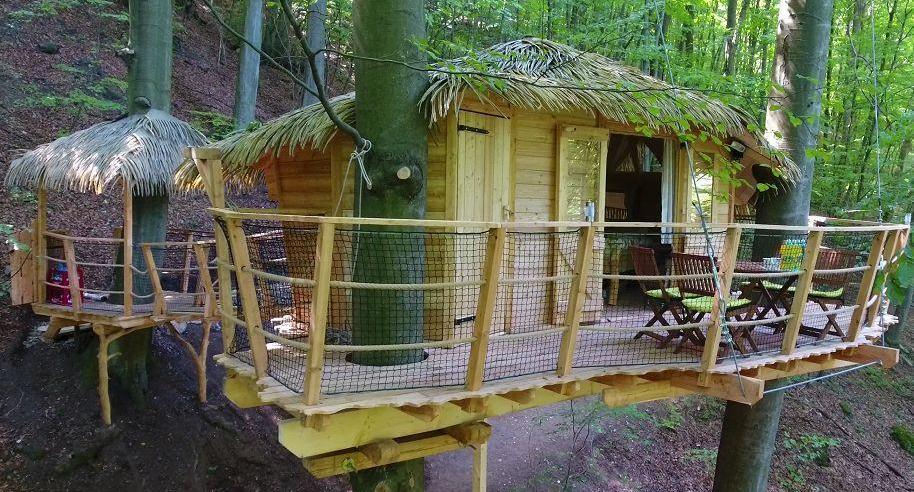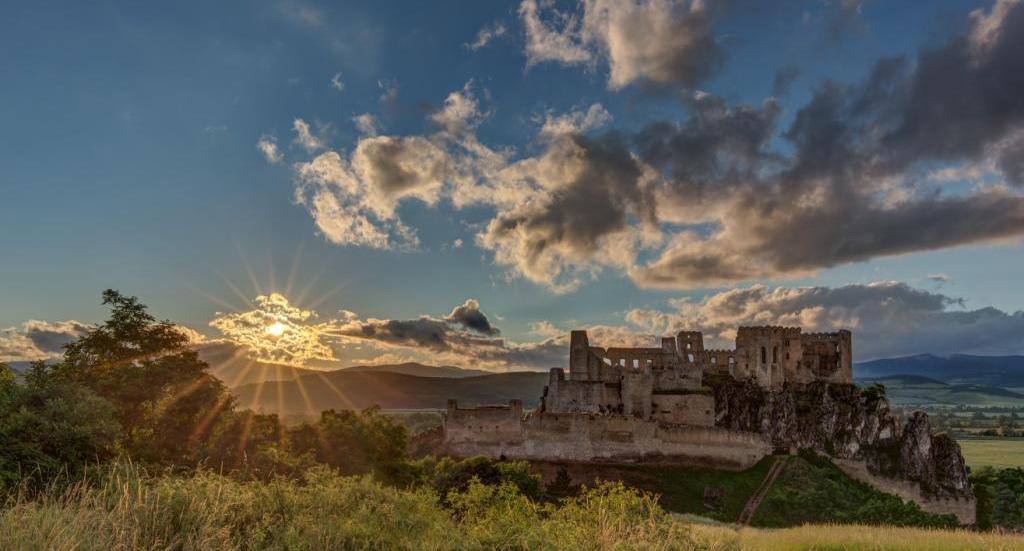


You know the Trenčín region well. You have overlooked it as part of field research, which you have published in books, inviting you to discussions, meetings, debates. How is this region close to your heart?
"Historically, the city of Trenčín belongs to the royal cities with high education and has maintained this trend to this day. It is a city where educated people live and see there in all ages interested in culture. The Trenčín region is full of historical monuments and natural beauties. The people who live here are proud of their region, very nice and willing to share their knowledge of local traditions. I am always happy to visit the Trenčín region for field research. "
Are there specific places, locations that you explicitly like in the Trenčín region, where you would like to go again?
"I really like the city of Trenčín, there is a good atmosphere, the city is neat and clean, friendly to visitors and locals. There are many places in the Trenčín region that breathe history. in the heart of the village. I also like Beckov Castle and Skalka nad Váhom, which is one of the oldest pilgrimage sites in Slovakia. "
You are an ethnologist focusing on history - spiritual, traditional folk culture. What inspirations, experiences and knowledge did you draw from this region for this job, mission?
"When writing historical studies, I was inspired by Čachtice Castle and Skalka nad Váhom, when I wrote a book about Slovak folk traditions. Interviews with people from the Trenčín region about beautiful wedding customs from this region helped me a lot. Kat's house in Trenčín again helped me write a study on the historical craft of the executioner and the development of the law of suffering. "
How are the customs and traditions in the Trenčín Region different in comparison with other regions of Slovakia and how have they changed on the timeline?
"Customs change naturally. Our ancestors represented a peasant culture, and in the past it was important for the peasant to strive for a good harvest, which meant enough food for everyone. Many customs no longer tell us anything today, so it is important to know their history, to know how to include them and to know why they were sometimes followed. With spring came the ritual of expelling winter, which meant cold, little food, disease. One week before the Easter holidays, Morena was taking out. This is an old custom dating back to pre-Christian times, when the victim may have been a prisoner who was sacrificed as a human victim of winter and to hasten the arrival of spring. Later, the human sacrifice was replaced by a straw mannequin representing Morena - winter. In Trenčianská Turná, the girls made a female mannequin, dressed her in old clothes, sang in an entourage, passed through the whole village, at the end threw her into the barn, and in the end they sang to her: "We throw her! guilt, lest any others suffer for it, but others. " And that was a sign that life was triumphing over death. "
And what about specific Easter days?
"May Sunday was dedicated to wearing the Flyer. The green branch, with ribbons or eggs, symbolized the coming spring, a new life. Groups of young girls (Trenčianske Stankovce, Záblatie, etc.) went with him and sang: "Be happy babies here, we are already bringing you Letečko. Give us a grajciarek or two, but Pánbenko will bless you ..."
These customs lasted spontaneously until the first half of the 20th century, today they are enlivened by various local folklore ensembles so that contemporaries can see and get to know the main customs of their region. "
What makes the Trenčín region unique from the point of view of tradition? What would you poke the most?
"It combines a rich aristocratic and bourgeois culture, but we also find elements of Wallachian culture with a specific pastoral culture and traditions, as well as kopanice with Kopaničari traditions and, of course, a very rich peasant culture. The Trenčín region has many agile workers in culture and tourism, who try to bring their history closer to the inhabitants of the region. This also applies to local enthusiasts who study and then mediate traditions to other people in a living culture, through exhibitions or local (municipal) monographs. "
We have the Easter holidays behind us, is there any traditional food that is especially associated with the Trenčín Region during these holidays?
"In the past (end of the 19th century - the first half of the 20th century), home-made sourdough bread made of white flour was baked for Easter as a festive holiday bread, sour cake with crumbs, and on White Saturday poppy seed or rags were served. Bubbles were baked for Easter Sunday, a generous Easter woman, cabbage was prepared, ham was cooked, and in the past there was also a roast goat or lamb. "
For the second year in a row, due to the pandemic, we commemorated this holiday in a bubble, without contact with those closest to us. How does such desocialization, frustration affect people, the preservation of traditions?
"Of course, we could not realize the living culture and its manifestations (for example, the traditional girl's soup and soup, as well as the visits of relatives) this year either, but I personally look forward to many local patriots preparing their collections for exhibitions so that that the situation would allow, they could realize. I am already looking forward to the possibilities and perspectives of the new events, which I believe will start soon. "
One of the traditional customs of Easter is the richly covered table, at least we didn't have to regret it in these bad times. What was missing from it at home?
"Certainly roast lamb originating from Slovakia, traditional baba (a dish made of eggs and ham) flavored with bear's garlic leaves and Easter almond cake, there was also wine from Slovak vineyards and mead, which has a Slavic base."
"We don't even know what we have at home." With this slogan, the Regional Tourism Organization (KOCR) in Trenčín presents itself in its activities. Does the discovery of new dimensions in relation to nature, history and folk creativity have any limits at all?
"The good news is that people are beginning to realize the need to know more about their region, city and village where they live or where they come from. Personally, I am very pleased with the local families, who are very interested in local (local) traditions, but also, for example, in traditional folk clothing. It is necessary to map local traditions as our spiritual heritage. There is still a lot of work in this field and new interesting and unknown facts will always emerge. "
How has the pandemic situation that slammed the door on history, culture and the creative industry affected your current work and plans? What are you working on the latest?
"Lectures for the public, which were also in Trenčín itself, have moved to online space, field research has stopped completely, but since I have enough material in a private archive, I continue writing books, completing a book on the Middle Ages and also a book on folk clothing. , where there will also be successful authentic photographs from the life of the people, taken by Martin Habánek, a fan of folk culture. "
photo: J. Liška
Who is Katarína Nádaská?
PhDr. Katarína Nádaská, Ph.D. was born on November 27, 1967 in Bratislava. In 1993 she graduated from the Faculty of Arts, Charles University in Bratislava (ethnology - history - religion). In 1997 she defended her PhD degree. During her studies, she completed internships at the University of Vienna, the University of Regensburg and the Jagiellonian University in Kraków. Thanks to her popularization activities, she is one of the well-known Slovak ethnologists. He focuses on the popularization of science, especially the history of everyday life, traditions and customs in Slovak folk culture. She is the co-author of 5 regional monographs (Buková, Kanianka, Dolná Súča, Rudina, Ružindol), the author of 90 scientific studies and has more than 100 popularization articles on her author's account.

Kúpeľné mesto Trenčianske Teplice sa pýši novou, jedinečnou atrakciou. Môžete tam…

Dominantný a majestátny. Taký je hrad Beckov. Vyrastá zo skaly, je s ňou spätý ako sú s…